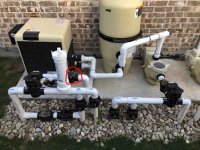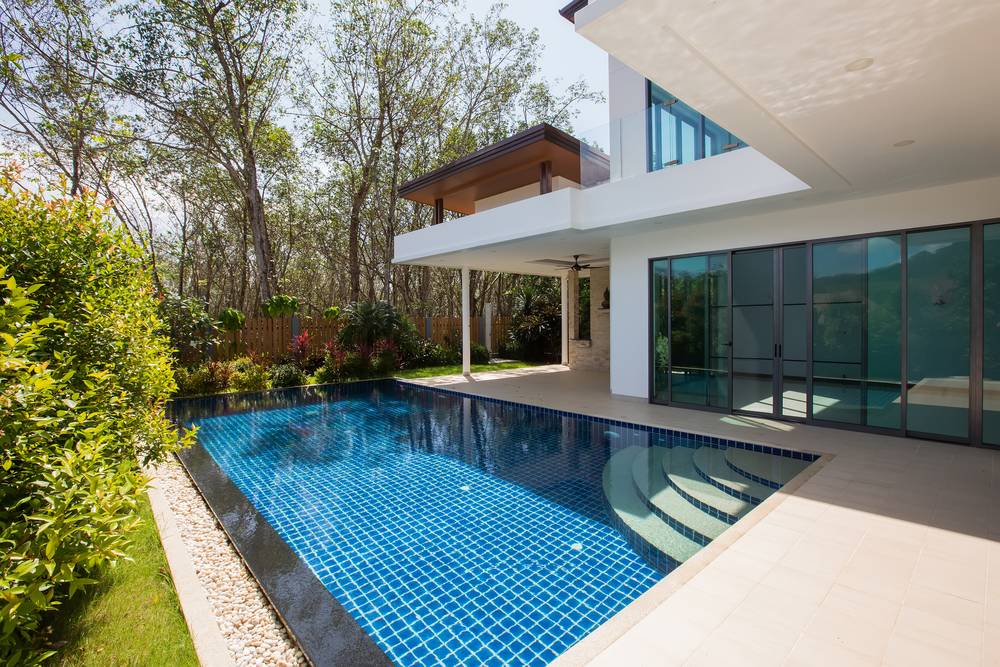Yesterday, I noticed my pump was quite loud, and I discovered there were bubbles in my pump filter, as well as in the valves in the line, and some of the pipes were shaking vigorously. I turned off the pump and the water level in the pump was quite low. I heard sounds as if water was continuing to drain. Thus, I believe I have a leak somewhere in my plumbing.
Previously, I noted a leak at my skimmer, but I believe that is only with my stone. However, I wanted to mention it to keep it in mind.
Below is a pic of my plumbing. I filled up the pump filter, turned it on and let it fill up with water. Most of the bubbles were gone, but they came back. When I turned it off, one of the valves started draining water (see red circled backflow valve).

If this started draining immediately, could it be that the leak is in this component?
What is the best way to start troubleshooting?
I checked the rubber gasket around the list of the pump, but looking to know if there is a good methodical way to narrow down where the problem might be, rather than randomly taking things apart.
Thanks in advance!
Previously, I noted a leak at my skimmer, but I believe that is only with my stone. However, I wanted to mention it to keep it in mind.
Below is a pic of my plumbing. I filled up the pump filter, turned it on and let it fill up with water. Most of the bubbles were gone, but they came back. When I turned it off, one of the valves started draining water (see red circled backflow valve).

If this started draining immediately, could it be that the leak is in this component?
What is the best way to start troubleshooting?
I checked the rubber gasket around the list of the pump, but looking to know if there is a good methodical way to narrow down where the problem might be, rather than randomly taking things apart.
Thanks in advance!


